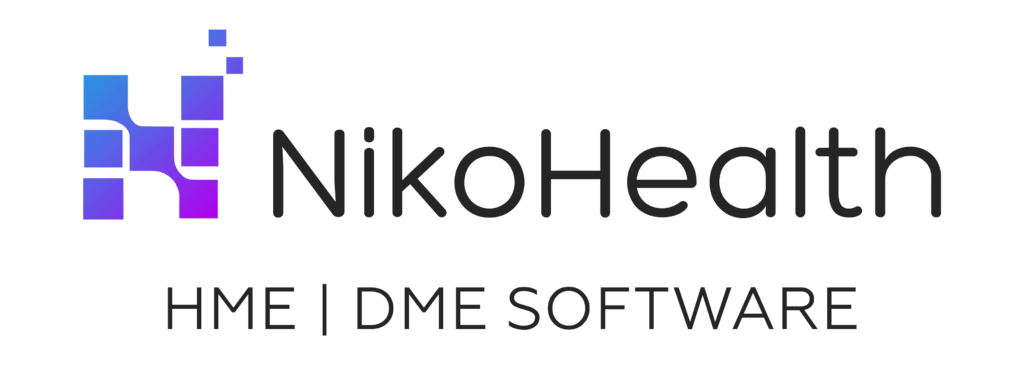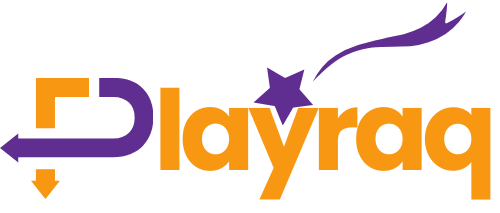Home Medical Equipment (HME) is a vital part of the complex and large world of healthcare. It works in the background but has a great impact on patient health. HME is a vital part of the healthcare system. While most people associate it with hospitals and doctors. It’s important to highlight the tools and technologies that make this possible. As care moves more into the home, we need to bring the spotlight to these innovations.
What is HME? HME is medical equipment and devices for home use. Patients who are ill, recovering from surgery, or have difficulty moving can benefit from these devices. These include oxygen machines, hospital beds, wheelchairs, and medicine pumps. All of these devices must be maintained in good working condition and delivered. These devices must also be tracked, invoiced, and documented in strict accordance with rules.
Table of Contents
HME: A critical role in modern care
Both the healthcare system and people are changing. The population is getting older. Hospitals are encouraged by the government to reduce patient stays. Patients and doctors are now choosing to receive care at home when it is appropriate. HME is now a major part of care, not just a minor concern.
With growth comes challenges. The provider must schedule deliveries, manage inventory, know payer rules, ensure devices are properly used and maintained, and understand payer rules. Medical equipment logistics is different from regular retail logistics. It involves extra steps, such as checking insurance, maintaining clinical records, educating the patient, and adhering to government regulations. One mistake, such as missing a form or delivering the equipment late, could lead to denied claims or increased regulatory checks, or even a negative outcome for patients.
Software solutions for HME are important and not just helpful.
Why HME needs purpose-built software
HME is a unique industry. The HME sector is unique. It’s at the intersection of healthcare, logistics and finance. This unique location brings with it special challenges. Software designed for retail or healthcare is often not up to par. It does not understand the nuances of this field.
Documentation is a good example. For each order of HME, a prescription is usually required, along with proof that the item is necessary for medical reasons. The patient’s consent and extra paperwork may be needed to get insurance approval. Missing even one of these can delay patient care or lead to claim rejections.
The next step is compliance tracking. The equipment must be maintained in good condition and replaced according to a schedule that is set by the manufacturers and regulatory bodies. This information cannot be tracked by hand and it becomes more difficult to track as the data grows.
There is also billing. Medicare and Medicaid, for example, have strict rules about how to prove and receive payment for equipment usage. Smart automation can help speed up the billing process.
CPR+ Software is a great example. It’s designed for the home infusion and pharmacy market. CPR+ is a billing and order management system that combines clinical paperwork with billing. It is a good fit for HME providers. It allows for a high level of precision and speed in the work performed by providers.
NikoHealth: a New standard in HME Workflow

CPR+ and other legacy systems have paved the way for digital transformation. Newer companies, however, are taking the digital revolution to the next step. NikoHealth, a new software solution that is designed to meet the needs of HME businesses today, is an excellent example. It emphasizes the importance of being able to access the software in the cloud and complete automation.
Niko Health strives to simplify the HME process at every stage. It includes taking orders, tracking deliveries, and collecting documents. Platforms like this one help providers to work more efficiently by simplifying things for both staff and patients. The platform allows providers to provide better care for their patients.
NikoHealth is different because of how quickly they responds to the problems of today. They offer easy-to-use user interfaces, instant reports, and seamless connections with payers and suppliers as well as electronic health records. This level of connectivity not only speeds up things but also reduces mistakes and delays, which are still far too common in HME logistics.
The Bigger Picture: Tools for Patient-Centered Care
HME is a business that focuses on making patients feel safe, respected, and comfortable at home. Both a child who needs special equipment to treat a rare disease and an elderly person recovering from surgery need providers. They need the right tools and peace of mind knowing that their care will be in good hands.
Software is the key to this. It allows providers to deliver equipment on schedule, obtain digital signatures, and check insurance coverage immediately. Reminders are also sent when service is required. Digital systems are just as important in a field like medicine, where precision and timing affect the health outcomes.
The focus of healthcare is shifting to a value-based model, which focuses on outcomes, rather than just services. HME providers are going to be scrutinized more for how they manage their care, adhere to rules, and prevent readmissions. It is important to have the right software. The right software is essential to achieving these goals.
Final Thoughts
HME is undergoing a major transformation. The need for intelligent and precise operations is increasing as patient care moves into their homes. Software for HME/DME does more than just help providers. They can take control.
Platforms such as CPR+ and smart companies such as Niko Health have changed the landscape of home healthcare. This is a field often burdened by paperwork, and they are transforming it into a place that can be used immediately. It is good for both the patients and providers.

